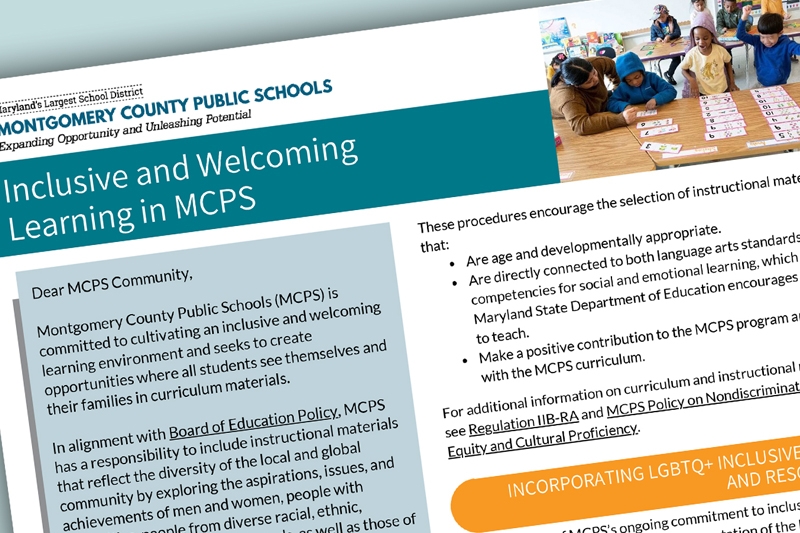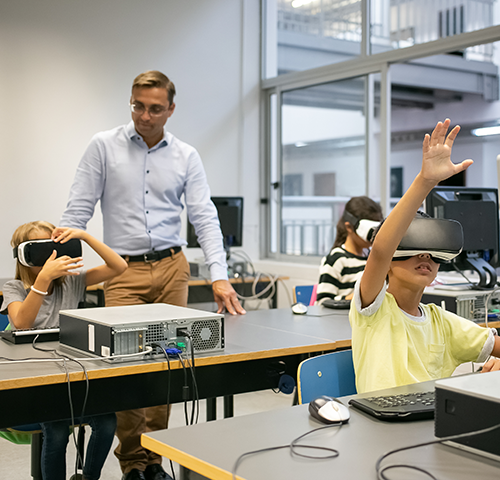Imagine a classroom where everyone feels welcome and valued, regardless of their abilities or differences. That’s the heart of inclusion and education! At kienhoc.vn, we believe that every student deserves the opportunity to learn and grow alongside their peers. In this article, we’ll explore what inclusive education means, why it’s important, and how we can create classrooms where everyone thrives.

What is Inclusive Education?
Inclusive education is like a big, friendly party where everyone is invited to play and learn together. 🎉 It means that kids with and without disabilities all learn in the same classroom. Instead of separating students based on their differences, inclusive education focuses on creating a supportive environment where everyone can participate and reach their full potential. It’s like having a team with different superpowers – everyone brings something special to the table! 💪

Benefits of Inclusive Education
Inclusive education isn’t just about fairness; it also has tons of benefits for everyone involved! It’s like a superpower that makes learning more fun and effective for all students. Let’s check out some of the awesome advantages:
Boosts Academic Skills
When students with and without disabilities learn together, they challenge and inspire each other to do their best. It’s like having a study buddy who helps you understand things in a different way. This can lead to improved academic performance for all students, as they learn from each other’s strengths and perspectives. Plus, inclusive classrooms often use creative teaching methods that benefit everyone, making learning more engaging and exciting!
“The power of inclusive education lies in its ability to transform not only individual lives but also entire communities, fostering a sense of belonging and shared responsibility.”
Develops Social Skills and Empathy
Inclusive classrooms are like mini melting pots of different personalities and abilities. Students learn to interact with people who are different from them, which helps them develop important social skills like communication, cooperation, and problem-solving. They also learn to appreciate diversity and understand that everyone has something valuable to contribute. This fosters empathy and compassion, making students more understanding and supportive of others. It’s like building a team of superheroes with different powers who work together to save the day!
- Communication Skills
- Cooperation
- Problem-solving
- Empathy
- Compassion

Challenges and Solutions in Inclusive Education
While inclusive education is awesome, it’s not always a walk in the park. There can be some bumps along the way, but don’t worry, we can overcome them with a little teamwork and creativity! Let’s explore some of the challenges and find ways to turn them into opportunities:
Attitudes and Beliefs
Sometimes, people might have misconceptions about inclusive education. They might think that students with disabilities will slow down the class or that they won’t be able to learn as much. But that’s not true! Everyone learns differently, and inclusive classrooms can actually benefit all students by providing a richer and more diverse learning environment. To change these attitudes, we need to educate people about the benefits of inclusion and show them how it works in practice. It’s like explaining to someone that different kinds of flowers make a garden more beautiful!
“Inclusion is not a matter of charity, but a matter of justice.”
Resources and Support
Inclusive education requires additional resources and support to ensure that all students have what they need to succeed. This might include things like specialized equipment, trained teachers, and individualized learning plans. It’s like having a toolbox with different tools for different jobs. To overcome this challenge, schools and communities need to work together to provide the necessary resources and funding. We can also explore creative solutions, such as peer tutoring and community partnerships, to ensure that every student has the support they need to thrive. Learn more about the role of special education teachers in inclusive education.
Training and Professional Development
Teachers play a crucial role in creating inclusive classrooms, but they may need additional training and professional development to effectively support students with diverse needs. This training can help teachers understand different disabilities, adapt their teaching methods, and create individualized learning plans. It’s like giving teachers a special guidebook on how to create a magical learning experience for everyone! To address this challenge, schools and educational institutions need to invest in ongoing training and professional development opportunities for teachers. This will empower them to create inclusive classrooms where all students can shine. Explore resources and insights on special education to enhance your understanding.
| Challenge | Solution |
|---|---|
| Attitudes and Beliefs | Education and awareness campaigns |
| Resources and Support | Collaboration and creative solutions |
| Training and Professional Development | Investment in teacher training programs |

Creating an Inclusive Classroom
Now that we understand the importance of inclusive education, let’s roll up our sleeves and create classrooms where everyone feels like a superstar! It’s like building a magical treehouse where all kids can play and learn together. Here are some tips to make your classroom inclusive and awesome:
Set the Stage for Success
First things first, let’s make sure our classroom is a welcoming space for everyone. This means creating a positive and supportive environment where all students feel safe and respected. We can do this by using kind words, celebrating each other’s successes, and being helpful to our classmates. It’s like building a strong foundation for our treehouse, so it can withstand any storm!
“Alone we can do so little; together we can do so much.” – Helen Keller
Embrace Different Learning Styles
Just like superheroes have different powers, students have different ways of learning. Some kids learn best by listening, others by seeing, and some by doing. To create an inclusive classroom, we need to use a variety of teaching methods that cater to everyone’s learning style. This might include using pictures, videos, games, and hands-on activities. It’s like having a secret decoder ring that helps us understand how each student learns best!
- Visual Learners
- Auditory Learners
- Kinesthetic Learners
Provide Support and Accommodations
Some students might need a little extra help to reach their full potential. This could include things like assistive technology, modified assignments, or extra time on tests. Providing these accommodations ensures that everyone has a fair chance to succeed. It’s like giving each student a special tool to help them climb the treehouse ladder!
To learn more about supporting students with special needs, explore our resources on special needs education.
Celebrate Diversity and Promote Collaboration
Our differences make us unique and special, just like the different colors of leaves on a tree! In an inclusive classroom, we celebrate diversity and encourage students to learn from each other. We can do this by creating group projects, having class discussions, and celebrating different cultures and traditions. It’s like having a potluck where everyone brings their favorite dish to share!
| Strategy | Benefit |
|---|---|
| Celebrate Diversity | Fosters understanding and respect |
| Promote Collaboration | Enhances teamwork and communication skills |

Final Thought
Inclusive education is a journey, not a destination. By embracing diversity, fostering empathy, and providing the necessary support, we can create classrooms where every student feels empowered to learn and succeed. Remember, inclusion is not just about accommodating differences; it’s about celebrating them and recognizing the unique value each individual brings to the learning environment. Let’s work together to build a more inclusive future for education, one classroom at a time.




